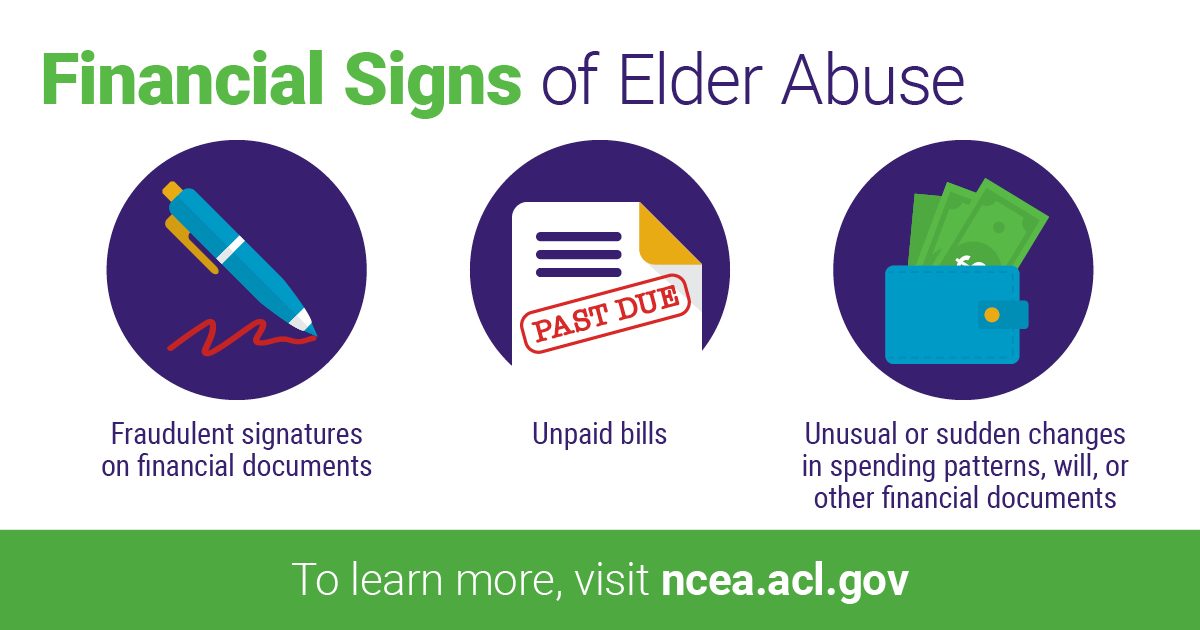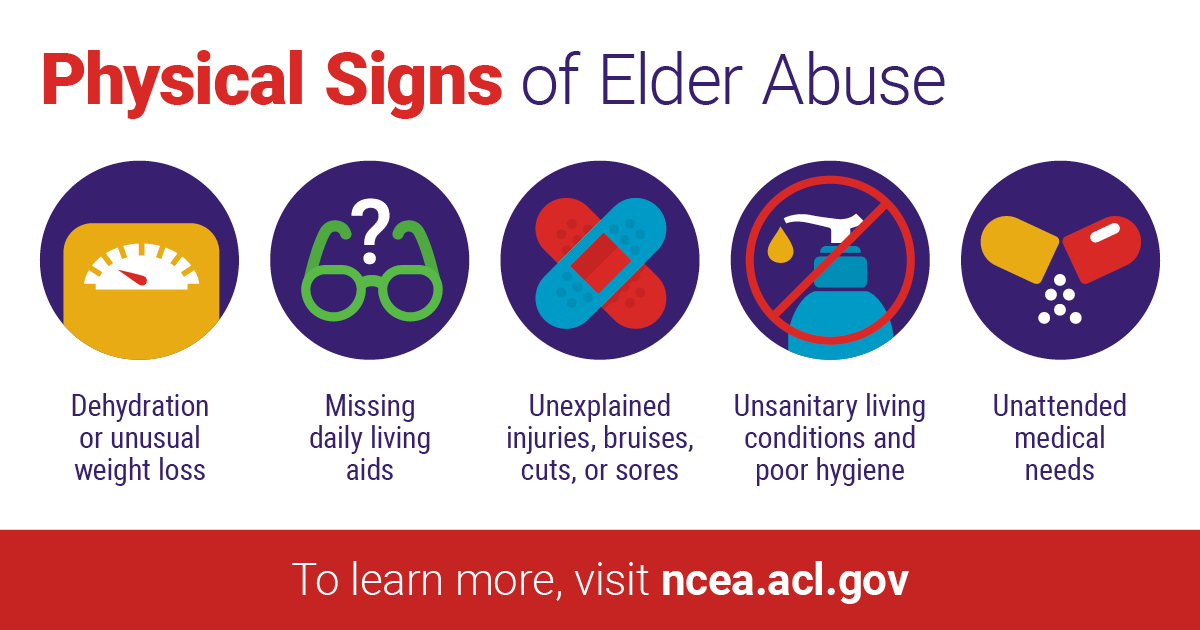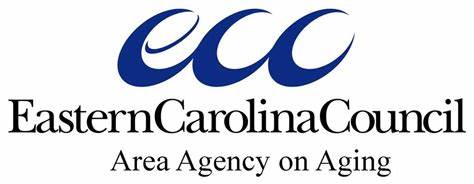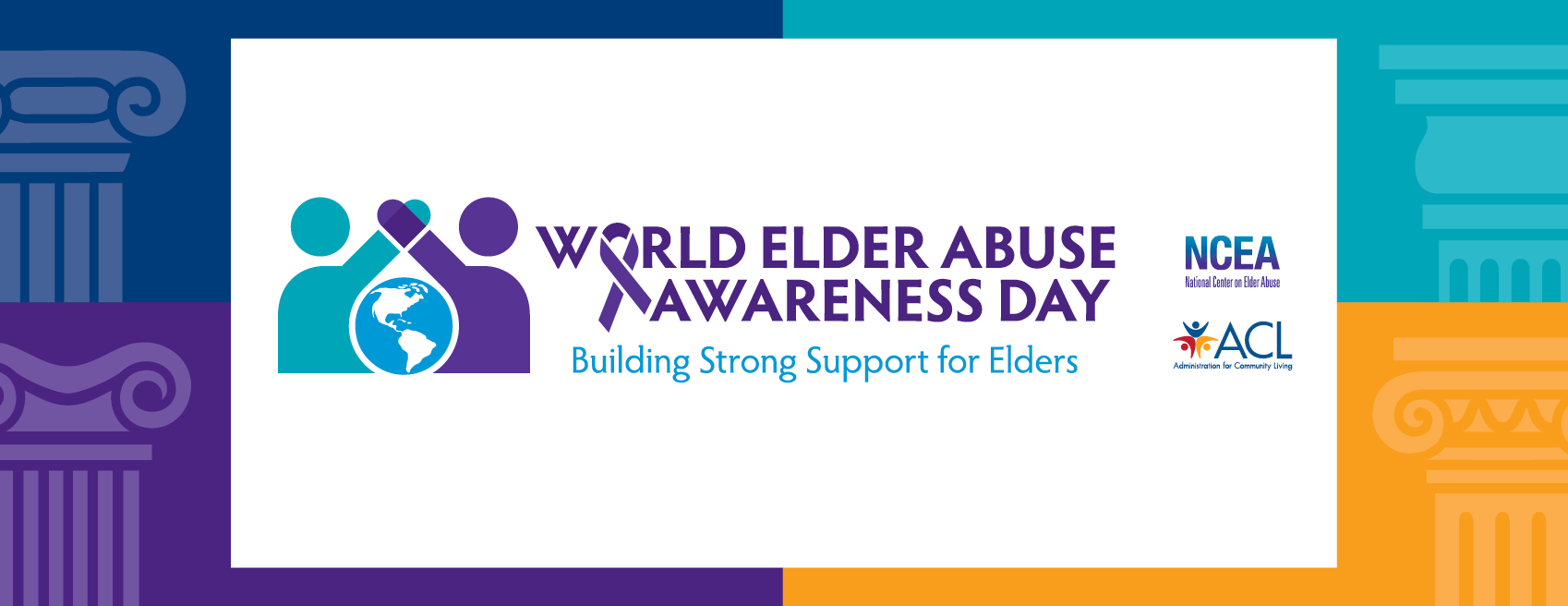“Elder Abuse is a violation of human rights and a significant cause of illness, injury,
loss of productivity, isolation and despair” ~World Health Organization
There are many types of elder abuse, some are much easier to detect than others. The following definitions were gathered from The National Committee for the Prevention of Elder Abuse and the Administration on Aging.
- Physical abuse is physical force that results in bodily injury, pain, or impairment. It includes assault, battery, and inappropriate restraint.
- Sexual abuse is non-consensual sexual contact of any kind with an older person.
- Domestic violence is an escalating pattern of violence by an intimate partner where the violence is used to exercise power and control.
- Psychological/Emotional abuse is the willful infliction of mental or emotional anguish by threat, humiliation, or other verbal or nonverbal conduct.
- Exploitation is the illegal or improper use of an older person's funds, property, or resources.
- Neglect is the failure of a caregiver to fulfill his or her care giving responsibilities. Self-neglect is failure to provide for one's own essential needs.
- Abandonment is the desertion of a vulnerable elder by anyone who has assumed the responsibility for care or custody of that person.
Signs of Elder Abuse:
- Unexplained bruises or welts
- Missing Medications
- Broken bones or dislocation
- Bedsores, unattended medical needs, poor hygiene, and usual weight loss or gain
- Caregiver’s refusal to allow you to see elder alone
- Significant withdrawals from the elder’s bank account
- Emotional withdrawal and depression
If you suspect abuse, neglect and/or exploitation, call your
Local County Department of Social Services
Adult Protective Services Unit IMMEDIATELY!



Other Useful Links:

